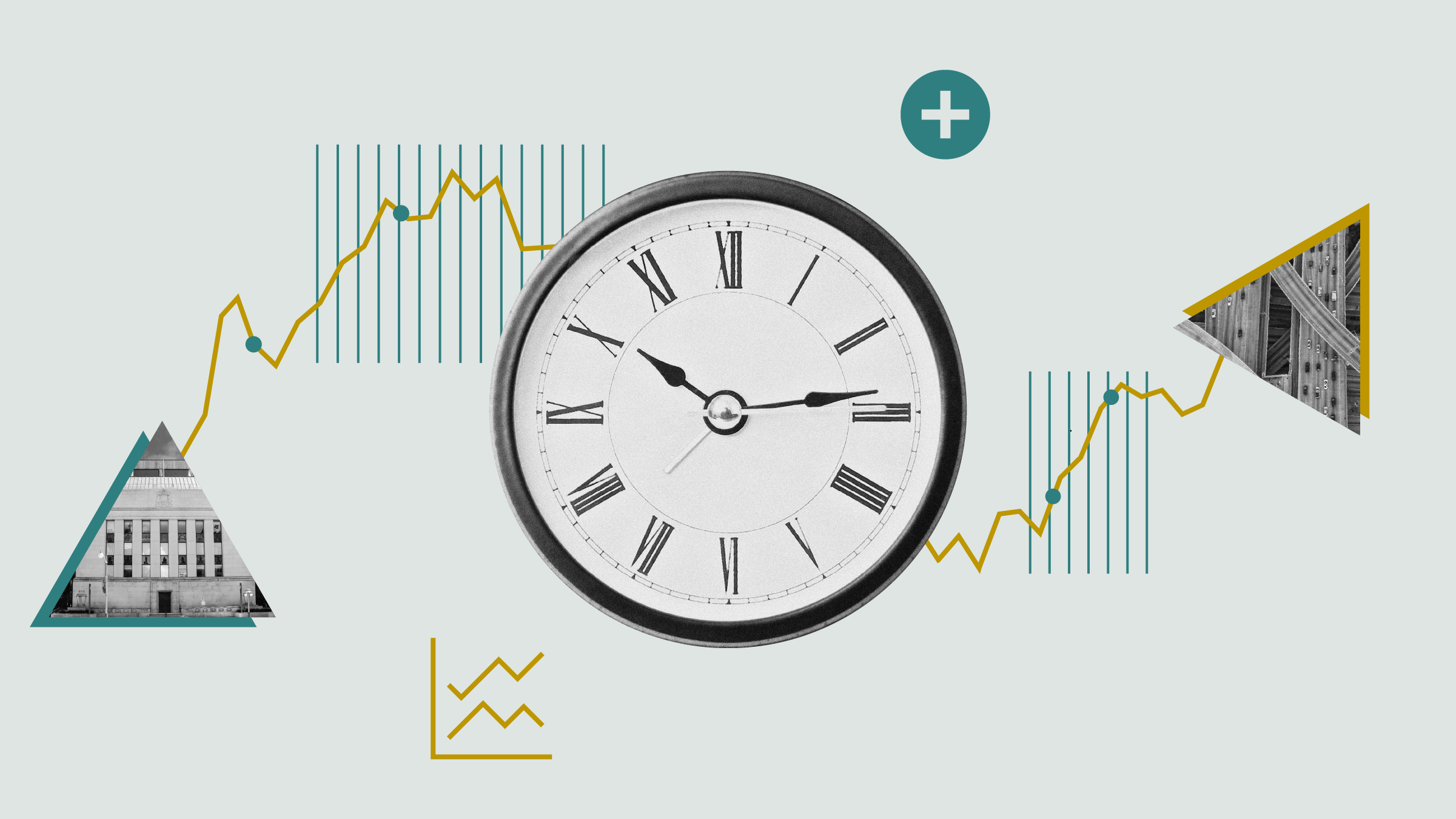
Investors entering their 40s are faced with the reality of – or perhaps a growing desire for – retirement, meaning it’s time to ensure you have the right savings habits and risk levels in order to meet your goals.
“For some, taking retirement planning seriously might still be a bit of a challenge. In your 20s and 30s the concept of retirement is somewhat nebulous but in your 40s it starts to feel a bit more real,” says Christine Benz, Morningstar’s Director of Personal Finance.
You may have witnessed the financial planning of your parents in action throughout their retirement and began to wonder how you can do the same – or better. “At that point your parents are probably either approaching or in their eighties so you would have seen first-hand how their retirement played out,” says Benz. Perhaps rising costs of living, or unexpected expenses presented new challenges to consider, especially if want to retire when they did. “If you’re planning to work until age 65 you still have enough time to effect positive change, but you can no longer afford to ignore it altogether,” adds Benz.
Getting to the retirement finish line involves both planning around personal finances and investments – and the two go hand in hand. So, let’s start with ensuring a strong financial foundation.
Start with savings habits
Before tackling your retirement savings, it’s particularly important in your 40s to check in on your emergency fund to ensure it’s large enough to cover your current career situation. “Midcareer accumulators, especially higher-income folks, should target a year's worth of cash,” says Benz.
Now back to retirement – by now you should have a monthly savings regime rolling along. “If you haven’t already started saving monthly by the time you hit 40, now’s the time,” says Kelly Gares, Investment Advisor, at BlueShore Financial.
If you’re already diverting funds towards your golden years – are you saving enough? “Ten percent of your pre-tax income would be a good starting point,” says Gares, adding that individual needs differ, so it’s always a good idea to sit down with a financial planner to get solutions that work for your unique situation.
With that checked off, it’s then a good idea to ensure you’re categorizing your investment flows. With more family commitments on the books, you’ll want to account for items like education for your children – however you’ll still want to prioritize your retirement savings.
“It seems more likely that people would be focusing on college savings for their children in their 40s. (Although I know plenty of people who are in their 50s and still paying for kids' college.),” says Benz, “Striking that balance between college and retirement savings is always a challenge, but the short answer is that people need to make sure their retirement plans are on sound footing before prioritizing college funding.”
Next, you’ll want to ensure that categorized cash is headed for optimal account types – leveraging all of the tax benefits available. “At this point in you’re likely earning a higher income relative to what you were in your 20’s or 30’s so you might benefit from the tax relief that an RRSP contribution provides,” says Gares. “Your advisor can also help you to confirm whether it makes sense to put the funds into a TFSA, RRSP, or a combination of both.”
Once you’ve confirmed you’re putting your money in the right accounts, you’re ready for a review of your portfolio allocations – and the name of this game is risk.
Rethink risk
As investors in their 40s begin to see retirement as a reality, they may think it’s time to begin taking risk off the table. But, in fact – especially as workers work longer and lives last longer – it is best to keep the right amount of risk to ensure you have the returns to make it.
“Portfolios for people in their 40s and 50s should still include plenty of higher-risk assets with higher return potential; after all, such individuals could be drawing on their portfolios for at least 40 or 50 more years, so they can't be content to hang out in low-risk assets with low returns to match,” says Benz.
There is still a need to shed certain types of risk, however. Gone should be the days of wilder bets you might have picked up in your 20s and 30s. “If you’re still making the odd bet on speculative investments, it’s probably time to stop,” says Gares, “Once you’re in your 40s you’ll want to have more consistency of returns in your portfolio so that you can benefit from the power of compounding. While the idea of a big investment win is appealing, big losses can really offset your overall progress.”
As for the rest of your equity risk, Benz says target date funds and allocation indexes provide a reliable benchmark.
Always be open for advice
Just as you might refer to an index for guidance, a human touch can make a meaningful difference even if you’ve developed a do-it-yourself proficiency over the decades.
“If you’ve become accustomed to the DIY approach, be sure to establish a savings plan that aligns with your medium and long-term savings goals. Even if you’re not ready to start working with an advisor full-time, it would be a good idea to have a professional review your assumptions to ensure that they’re realistic,” says Gares.
Benz agrees, “As your financial life grows more complex and you get closer to retirement, paying a financial professional for help can be money well spent. You may glean insights that you hadn't picked up on in your own reading, or receive counseling in complicated areas like tax and/or estate planning.”
Just make sure you right-size any advice you pay for, however.
“While investors who have complicated financial situations or need a lot of ongoing hand-holding might benefit from paying an advisor a percentage of their assets each year, investors who only need periodic checkups will find it more cost-effective to pay for advice on a per-engagement or hourly basis,” reminds Benz.
Lastly, investing in your 40s need not only be about growing your financial capital. Your own skillset and knowledgebase can reap their own set of dividends – and now’s the time to invest.




















